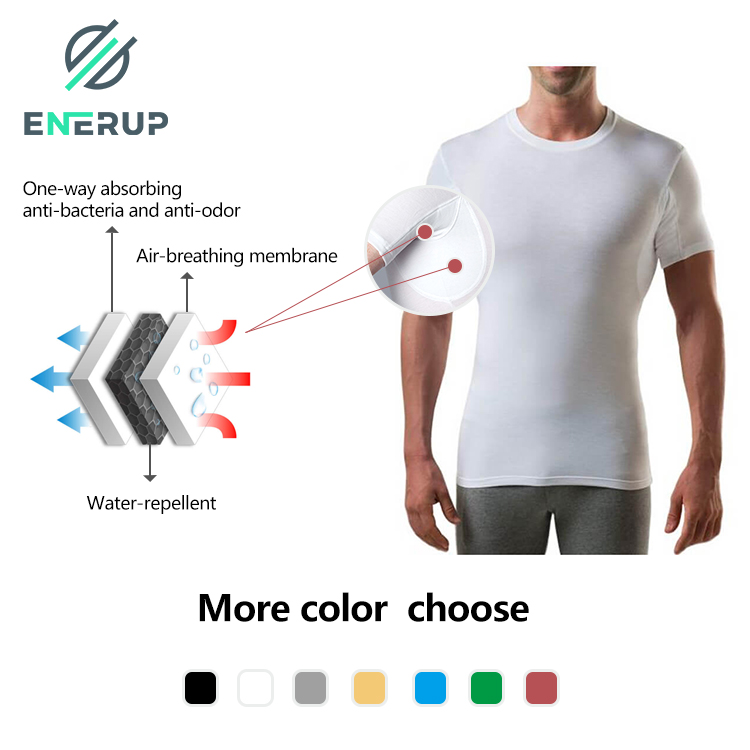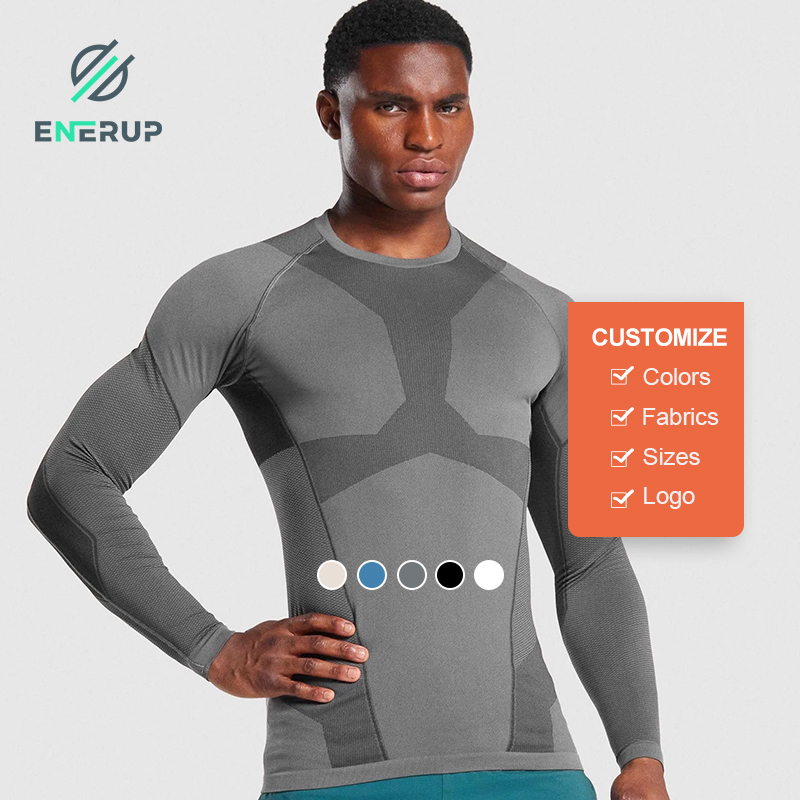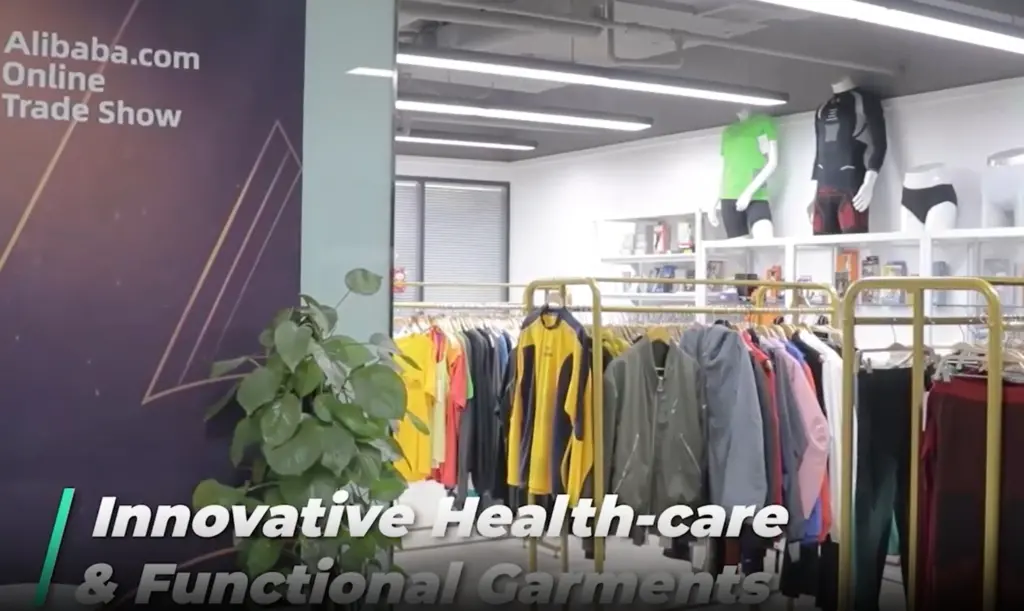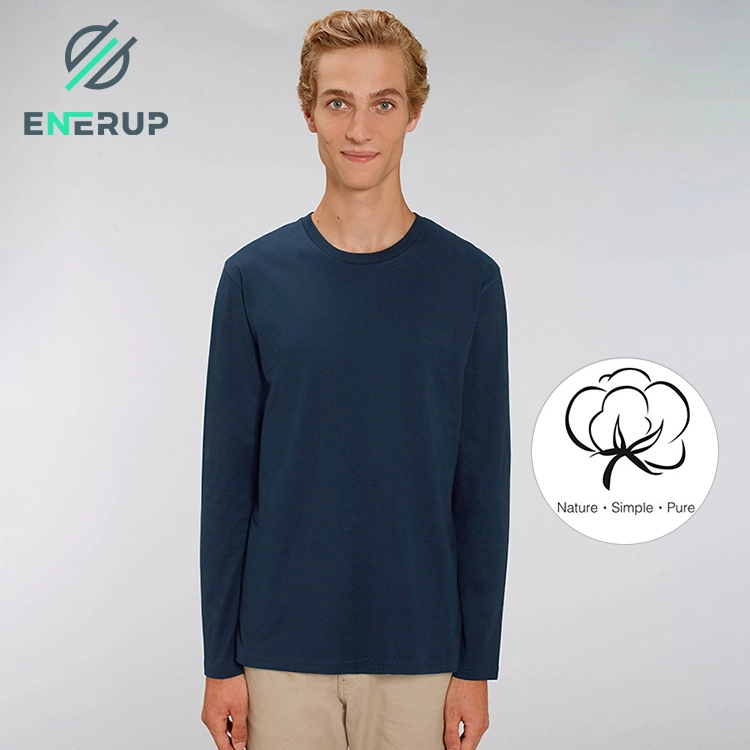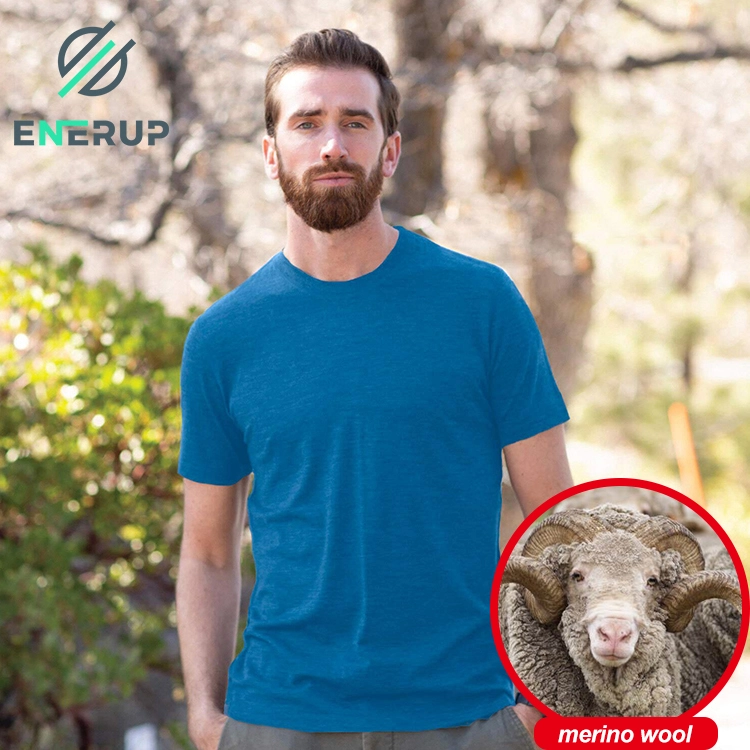Evolution of Custom Clothing Makers
Historical Overview of Custom Clothing
Traditional Techniques and Practices
Tailoring custom clothing has a rooted history tied to techniques and customs. Tailors in the past depended on work to fashion personalized garments that emphasized craftsmanship and accuracy. These skilled craftsmen employed techniques, like hand sewing and pattern creation to crone-of-a-kindkind pieces customized to suit tastes. This period highly esteemed the art of handiwork with each clothing item mirroring the the tailor’s mastery.
Transition to Modern Methods
The shift from fashioned to approaches brought a notable change in tailor-made attire creation methods. With the rise of industrialization came the innovation of sewing machines that transformed production methods by enhancing speed and efficiency. During this era, a fusion of handcrafted work, with processes emerged results.
Technological Advancements in Custom Clothing
Digital Design Tools
Lately, advancements in design tools have revolutionized the abilities of custom clothing makers. Designers can now utilize software applications to craft patterns and preview clothing items prior to manufacturing. These tools improve accuracy minimize mistakes and facilitate prototyping. Customers are able to participate in the design phase providing feedback and alterations.
Automation in Production
Advancements in technology have driven the industry forward by simplifying production methods. Additionally, the use of automated cutting machines and sewing robots has cut down on labor expenses and improved productivity. This progress in technology guarantees uniformity in garment production while also allocating time for human workers to focus on endeavors resulting in boosting overall efficiency.
Influence of Consumer Preferences on Custom Clothing
Rise of Personalization in Fashion
Demand for Unique Designs
In today’s world of shopping and style, preference fashion is on the rise for personalized designs that speak to the individuality and personal identity of customers seeking out custom outfits tailored for them by brands looking to stay ahead of the curve by keeping up with a variety of consumer preferences.
Impact on Brand Loyalty
Building a rapport with customers greatly influences their loyalty to a brand. When individuals sense that their tastes are taken into consideration and satisfied they tend to form bonds with the brands they patronize. This allegiance results in recurring transactions and favorable recommendations, which are assets, for any business entity.
Sustainability and Ethical Considerations
Eco-friendly Materials and Processes
Custom clothing designers are now emphasizing sustainability due to the growing demand for eco materials and methods by consumers concerned about the environment and ethical production processes are gaining ground in the industry as brands embrace practices like utilizing organic fabrics and reducing water consumption while also minimizing waste through efficient production methods to satisfy environmentally conscious customers and make a positive impact for our planet.
Transparency in Supply Chains
Transparency plays a role, in consumer decision-making when it comes to supply chains in the fashion industry. Consumers expect to know the journey of their garments from the origin of materials to the moment they receive them. To meet this demand for transparency and accountability in production processes custom clothing brands are stepping up by offering insights into their supply chains. This practice does not only build trust, but also promotes responsibility within the fashion sector.
The Role of Innovation in Shaping the Industry
Integration of Smart Fabrics and Wearable Technology
Benefits for Consumers and Brands
The merging of fabrics and wearable tech signifies a breakthrough in personalized attire design. These cutting-editorials provide benefits such as controlling temperature levels and monitoring biometrics while also offering connectivity options. This translates to improved comfort and ease for buyers. Creates opportunities for brands to stand out in the market and broaden their reach.
Challenges in Implementation
Though smart fabrics offer advantages that could be beneficial in ways there are hurdles to overcome such as costs, technical difficulties, and the need for consumers to embrace these innovations. Brands must address these challenges thoughtfully to ensure integration while keeping a balance, between being innovative and practical.
The Emergence of On-Demand Manufacturing
Reduction of Waste and Inventory Costs
The way companies are changing the landscape of the clothing sector is, through an approach called “on-demand manufacturing.” This method tackles problems like cutting down waste and managing inventory effectively a manner by creating clothes when there is a specific order, in place. Resulting in reduced surplus stock and less material wastage overall which translates to savings and positive impacts on the environment too.
Speed and Flexibility in Production
On-demand manufacturing provides custom clothing makers with the speed and adaptability needed to adapt to shifting market trends without the weight of inventory or outdated fashion choices ensuring that brands can stay in the game and promptly meet customer needs ultimately boosting satisfaction levels for discerning shoppers.
Global Landscape of Custom Clothing Makers
Key Regions for Custom Clothing Production
Comparison of Manufacturing Hubs
The custom clothing industry worldwide is characterized by manufacturing centers that each have their strengths and benefits to offer customers. Asia stands out prominently in this sector with countries like China and India leading the way due to their large-scale production capabilities and affordable labor costs. In Europe, Italy and Portugal are well known for their craftsmanship and the use of premium materials that attract luxury brands. On the other hand, the United States is making progress by emphasizing innovation and sustainability, in its manufacturing methods.
Advantages and Disadvantages by Region
Different areas offer benefits and obstacles for custom apparel manufacturers to consider carefully when building their businesses. Asian nations enjoy advantages like large-scale production capabilities and a trained workforce; however, they may encounter criticism for their labor practices and environmental footprint. Europe stands out for its emphasis on quality and design excellence. Grapples with production expenses. The U.S., known for its innovation in the industry faces challenges in staying price-wise against players worldwide. It’s vital, for companies looking to streamline their supply chains to grasp these dynamics.
Strategic Partnerships and Collaborations
Collaborations Between Designers and Manufacturers
Collaborations between designers and manufacturers play a role in the custom clothing sector nowadays. These partnerships enable the sharing of concepts and technical knowledge leading to product developments that meet varied consumer demands. Collaboration like this one ensures that designers’ visions are faithfully translated into products while manufacturers acquire insights, into upcoming fashion trends.
Impact on Product Offerings
When companies work together on projects, like this one it changes what they’re able to offer customers. They get to bring all kinds of ideas and styles into their product lines that make them stand out from the rest. They share all their know-how and materials to try out things and stay ahead in the market with stuff. This teamwork doesn’t just create ideas. Also makes sure that the brands have their unique style that people connect with.
Future Prospects for Custom Clothing Makers
Potential Market Growth Opportunities
Expansion into New Markets
Makers of custom clothing are set to expand by venturing into markets that have yet to be explored. This is particularly true, for developing countries where people have money to spend and are becoming more interested in fashion. By entering these areas popular brands have the chance to attract clientele and broaden their sources of income.
Leveraging Data Analytics for Consumer Insights
Utilizing data analytics is essential for spotting potential market growth chances through understanding consumer behaviors and preferences. Custom apparel brands can refine their product offerings to align with specific customer needs by examining buying habits and feedback as interactions on social media platforms. This method of leveraging data improves decision-making within businesses. Empower them to anticipate market developments proactively.
Anticipated Challenges and Solutions
In a changing industry landscape, it is crucial to tackle the shortage of skills in the workforce. The adoption of cutting-edge technologies requires a workforce that possesses expertise in design tools, automation systems, and sustainable methods. By investing in training initiatives and establishing collaborations, with institutions we can close these skill gaps. Cultivate a competent talent pool that can propel innovation forward.
Navigating Regulatory Changes
Navigating through modifications presents an obstacle for custom apparel manufacturers with a global presence and a variety of regulations concerning policies related to the environment. Trade demands awareness and flexibility. Firms are tasked with keeping up to date on evolving regulations and establishing strong adherence techniques to manage the risks linked to non-compliance.
Discovering Quality with Harvest SPF Textile Co., Ltd.
Harvest SPF Textile Co., Ltd showcases top-notch quality in the personalized apparel sector by upholding craftsmanship and eco-friendly approaches in their processes. They stay ahead of the game by embracing technologies to create goods that adhere to strict quality guidelines. By emphasizing openness in its supply chain procedures Harvest SPF Textile Co., Ltd builds consumer confidence. Establishes ethical manufacturing standards for the industry.
In summary, the custom fashion sector is experiencing transformations due to advancements in technology. Changing consumer tastes. Collaborations between designers and manufacturers are playing a role in this evolution. Regional factors in manufacturing centers worldwide present a range of opportunities and obstacles that call for approaches like skills training programs and compliance with regulations. These efforts are shaping the outlook where industry players such as Harvest SPF Textile Co., Ltd stand out by prioritizing the production of notch sustainable goods to meet the diverse demands of discerning customers globally!


